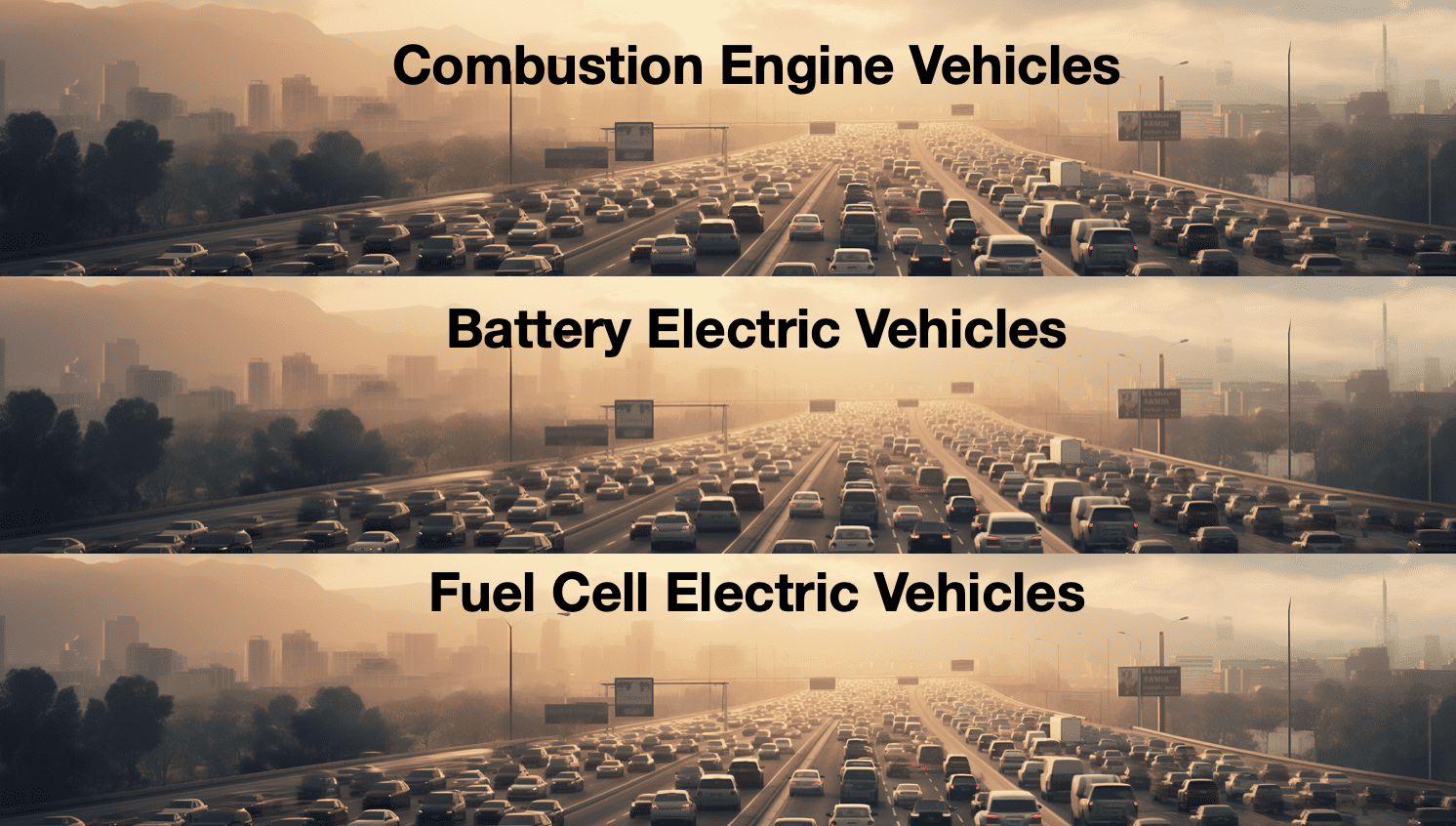Universities in the European Union, excluding the United Kingdom, seem to be bound to backbenchers’ positions when it comes to the quality of education and R&D. This is evident from the rankings published this week by the British company Quacquarelli Symonds (QS) and the magazine Nature.
The most prestigious list of both is the QS World University Ranking, which has been compiled since 2004. Their top twenty-five best universities include 12 from the United States, 5 from the UK, 2 from Switzerland, 2 from China, 2 from Singapore and 1 from Japan and Hong Kong. Numbers one, two, and three are all American with MIT, Stanford, and Harvard consecutively.
For the first EU university, excluding the UK, we have to browse to number 50. There we find the Technical University of Munich. The French PSL University and Delft University of Technology follow not far behind in places 52 and 57. The only other Dutch university in the top 100 is the University of Amsterdam (61).
Nature ranking
In Nature magazine’s ranking, the picture for the EU does not get much better. Nature looks at the number of scientific publications in professional journals. Two British universities are in the top ten (Oxford at 5 and Cambridge at 10). The rest are American, Chinese, and Japanese universities.

The top three are the same only in a different order (Harvard, Stanford, and MIT). The first European name outside the top ten is the Swiss Technological Institute ETH. The first non-British EU university is only number 53 with the Ludwig Maximilian University of Munich. Furthermore, Munich University of Technology, the University of Copenhagen, Heidelberg, Utrecht, and KIT in Karlsruhe are in the top 100.
Bertelsmann sees Europe falling behind in almost all sectors
This must be a worrying development for the European Commission. Of course, university rankings do not say everything. For example, certain research institutes such as Max-Planck or Helmholtz from Germany fall outside this list. But in other areas, too, Europe is in danger of losing more and more ground. Last week, the German Bertelsmann Foundation stated in a worrying report that when it comes to intellectual property and innovative capacity in companies, the international balance of power is increasingly shifting to Europe’s disadvantage.
The Bertelsmann Foundation mainly looked at Germany, which in itself does not score badly in terms of the number of patents. However, Bertelsmann argues that if you delve deeper into the figures and only take out the really important patents, then Germany and the EU are increasingly losing out to, for example, China, which is making major leaps forward in the quality of its patents.
In environmental technology and food, for example, China has quickly climbed to the number one position when it comes to quality patents. In recycling techniques (see video), for example, China holds more than a quarter of the top patents, while the US follows with 21%. In water care, the same picture: 36% of the top patents compared to 22% for the US.
Bertelsmann cynically observes that in some technologies China is now shifting low-value labor to Europe so that they can concentrate more on the really exciting innovations themselves. One example is the battery factories built in Thuringia by the Chinese CATL.
According to Bertelsmann, the European Union comes out on top in only two of the 58 most important future technologies. These are wind energy and healthy food. According to the Bertelsmann Foundation, this development shows how important it is for the EU to work more together because “with 27 islands competing against China and the US it can never be a real competition”.







